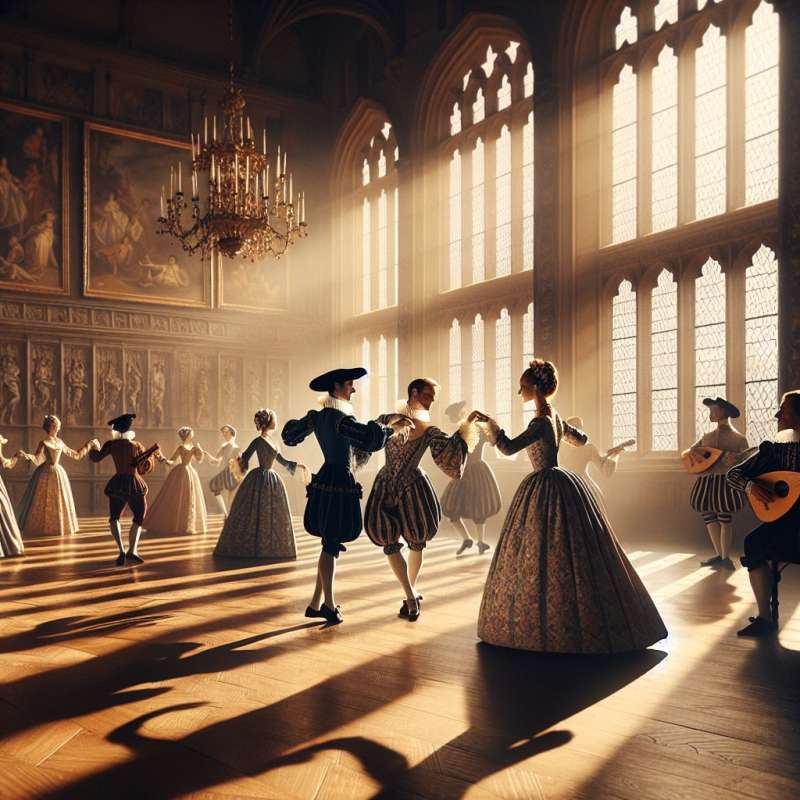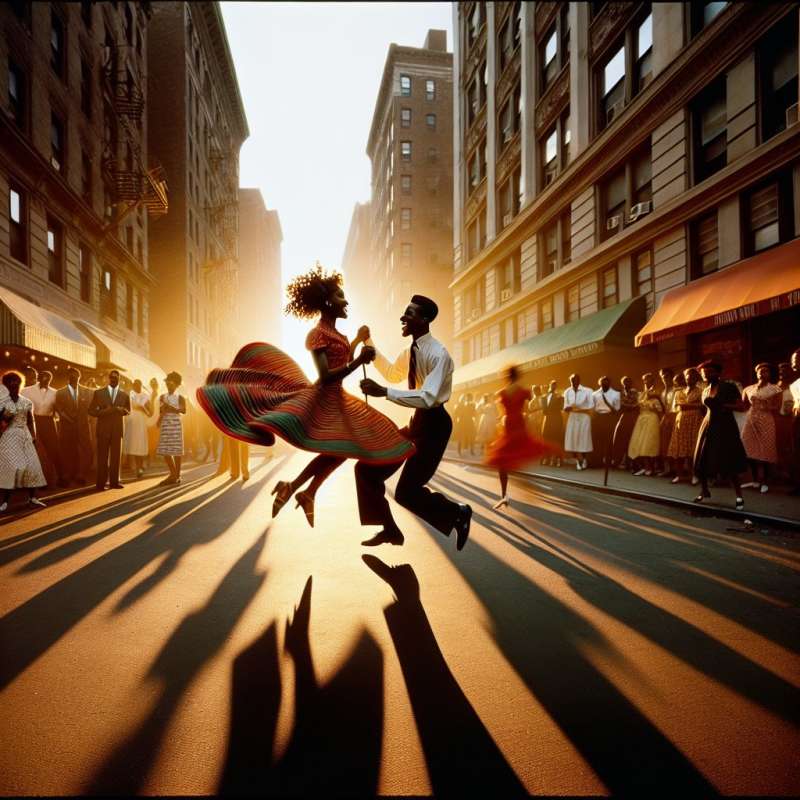
Dance: An Ancient Language
Dance predates written language by millennia. Early humans used dance for communication, ritual, and social bonding. These primal movements laid the groundwork for the complex dance forms we see today.
Court Dances Emerge
During the Renaissance, dance evolved into an art of the court. It was refined and standardized, giving rise to formal dances like the minuet. This era cherished disciplined movements, which reflected social hierarchies.
African Rhythms Influence
African slaves brought percussive dance traditions to the Americas. These rhythmic patterns greatly influenced modern dance forms like tap, jazz, and hip-hop, adding syncopation and complex footwork to the dance lexicon.
Birth of Ballet
Ballet began in 15th-century Italy before flourishing in France and Russia. It was originally performed by nobles, with men dominating the stage until the 1680s when women began to take center roles.
Swing Era Revolution
The 1920s to 1940s saw dance democratized as Swing and Jazz took hold. The Lindy Hop, born in Harlem, was a rebellious, joyful dance that defied the Great Depression's despair.
Breaking and Hip-Hop
In the 1970s, the Bronx saw the rise of breakdancing, an element of hip-hop culture. With its acrobatic and competitive style, it gave voice to marginalized youth and is now globally recognized.
Dance Technology Intersection
Today, technology intertwines with dance, from motion-capture preserving movements to virtual reality creating immersive dance experiences. Technology paves the way for new forms and expressions in the art of dance.
What predates written language?
Renaissance court dances
Ancient primal dance forms
15th-century ballet
Company